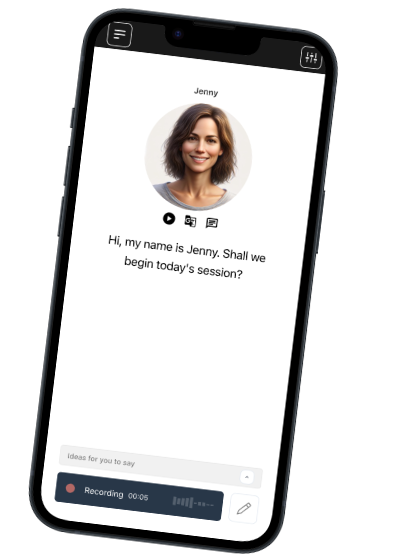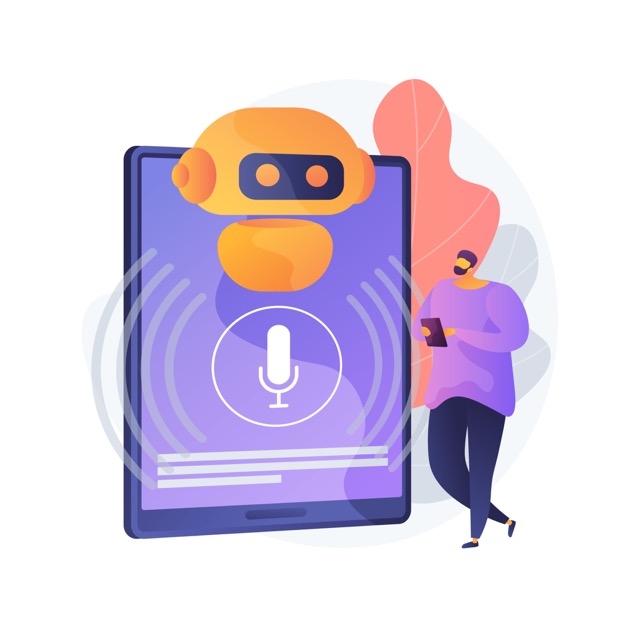Founded in Denmark. We respect your privacy.
Join a worldwide community of language learners
The Speaking Gap: Why Most Remote Language Learners Don’t Talk Enough and How to Fix It
Last updated on
There is a strange irony in language learning: the more words you collect, the fewer you seem to use aloud. Like a poet who never reads their verses, you might find yourself fluent on paper but frozen in sound. The words exist, yet the voice behind them hesitates to emerge.
You know your grammar rules. You have memorized your lists. You have hit every streak goal your favorite app could offer. But when someone asks a simple question, “How are you?” your confidence disappears somewhere between thought and tongue.
This is not a lack of motivation, it is a design flaw in how most digital learning tools train you. They flood you with input reading, listening, and memorizing, but forget the one thing that matters most: output. Speaking. Real, imperfect, human talk. And that is where most learners, including you, quietly fall behind.
The Hidden Causes of the Speaking Gap
You do not stop speaking because you do not want to, you stop because something quietly tells you it is safer not to. Behind that silence are small habits and fears that seem harmless at first, but over time, they build a wall between understanding a language and truly using it.
1. Fear of Mistakes and Judgment
Every learner knows the sting of a slip-up. You second-guess your accent, your grammar, your word choice. So, you stay quiet, because silence feels safer than sounding unsure. However, the truth is that confidence does not come from avoiding mistakes; it grows through them.
2. Passive Learning Habits
It is easy to fall into the rhythm of “study without speaking.” Reading, watching, and repeating are all great for input. Yet without saying the words aloud, they never quite stick.
3. Lack of Real-Time Feedback
You might watch lessons, but without hearing how you actually sound, progress stalls. It is like practicing a sport without ever touching the ball. You understand the moves, but never feel the rhythm.
What Confident Speakers Do Differently
Confidence in speaking is not a gift, it is a habit built from small, daily choices that turn hesitation into fluency. You have probably met someone who sounds effortlessly natural in another language. What they are really doing is practicing differently, nothing more.
1. They Speak Out Loud, Even When No One is Listening
Fluent speakers do not wait for perfect conditions. They talk while cooking, driving, or thinking aloud. By hearing their own voice, they turn speaking into muscle memory, not mental pressure.
2. They Build Feedback Loops
Instead of repeating blindly, they listen to themselves. Whether it is a recording or a pronunciation tool, confident learners notice rhythm, tone, and clarity and improve bit by bit.
3. They Simulate Real Conversations
They ask questions, answer them, and use tools that respond. Every simulation makes real dialogue less intimidating and more natural.
Building a System That Talks Back
You have probably realized it that language learning isn’t just about consuming lessons, it’s about conversation. What most learners truly need isn’t more grammar exercises, but a space where the language actually responds, corrects, and keeps the dialogue going.
You learn faster when your brain believes the conversation is genuine. Speaking to a responsive system trains you to react naturally, not rehearse answers, but think in the language.
Instead of static corrections, real progress happens through detailed feedback: pronunciation cues, tone suggestions, and phrasing nudges that help you refine your sound, not just your score.
That’s where Talkio AI steps in, offering life-like voice conversations, instant translation, and interactive wordbooks that keep your learning loop alive. It’s not about replacing teachers; it’s about multiplying your chances to speak.
From Silent Study to Real Speech
1. Speak Out Loud
During lessons, don’t just read; say the words. Your tongue learns through movement, not memorization. Every sentence you speak builds the muscle memory that reading never will.
2. Track Your Sound
Use pronunciation tools or recordings to hear your own voice. You’ll start noticing tone, pacing, and clarity. The real measures of growth.
3. Set Speaking Goals
Replace “finish a module” with “speak for five minutes without stopping.” Those micro-goals build fluency faster than endless grammar drills.
Talk Your Way
to Fluency

Talkio is the ultimate language training app that uses AI technology to help you improve your oral language skills!
Try Talkio


